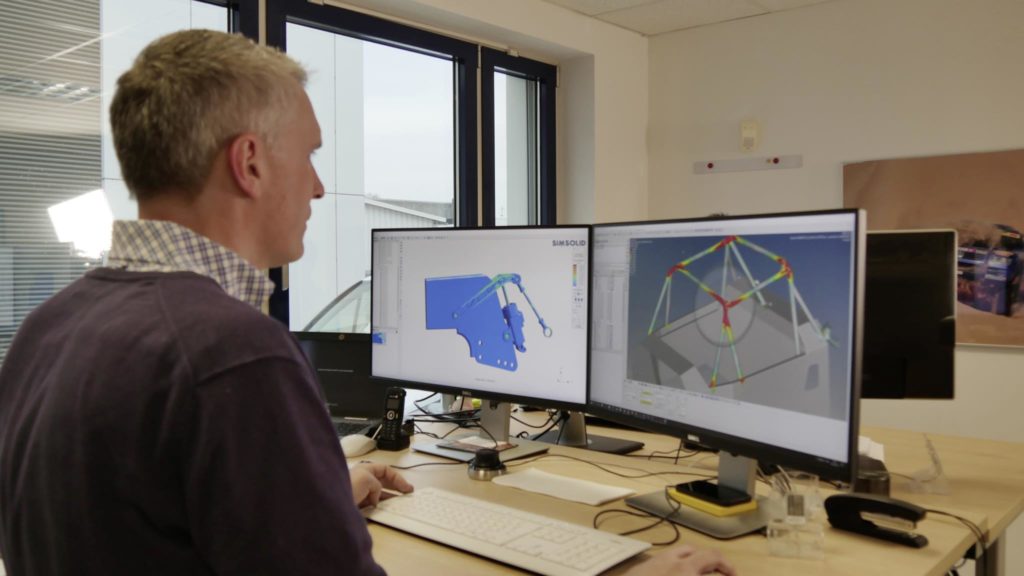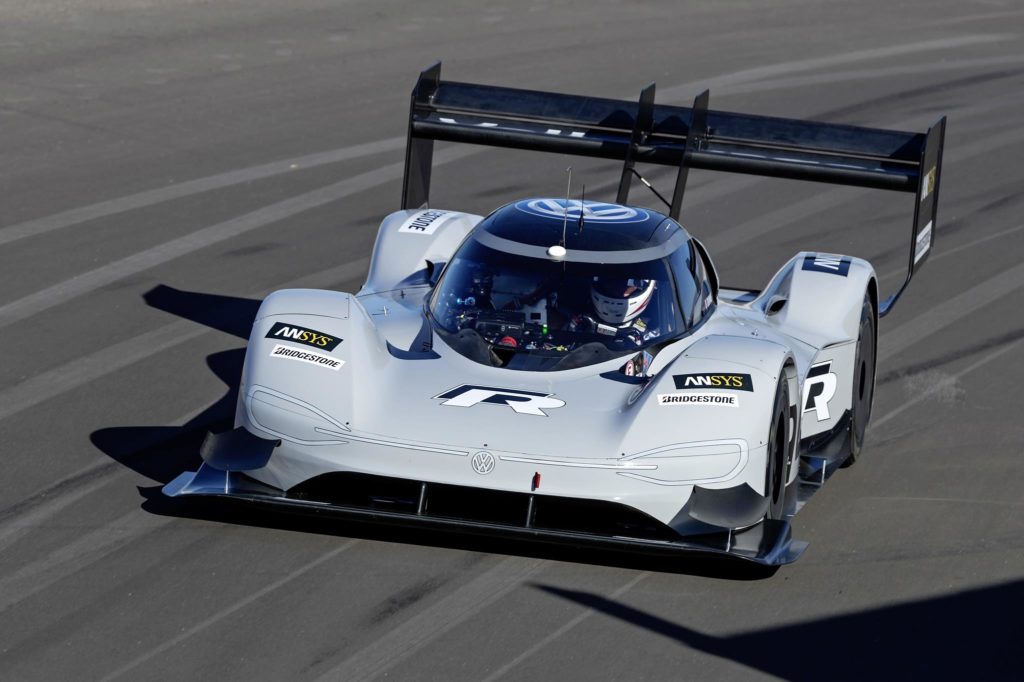The ID.R electric prototype, which is powered by two 500kW (680PS) electric motors, will this summer be driven on the Nürburgring-Nordschleife with Romain Dumas at the wheel.
But as well as the test drives and work in the wind tunnel, Volkswagen Motorsport is also strongly relying on computer simulations in the preparation phase. These digital tools not only represent essential support for the engineers, they save time and costs.
Benjamin Ahrenholz, head of calculation/simulation at Volkswagen Motorsport, said, “While Romain Dumas practices the track or tests various chassis setups on the driving simulator, simulation technology plays a crucial role for the engineers as well.
“With regard to the Nürburgring-Nordschleife, we are in the fortunate position of being in possession of a wealth of data on the track layout and surface. This allows us to adapt the ID.R virtually as efficiently as possible, despite the fact it has never driven a lap of the Nordschleife.”

Driver in the loop
Whatever Romain Dumas inputs through the virtual cockpit, computers build on in an offline driving dynamics simulation, whereby the car completes, theoretically, an infinite number of laps with a saved profile. In this way, the simulations can determine how different power outputs of the motors or shifts in the vehicle’s center of gravity affect the ultimate lap time. This is all with the aim of optimizing the handling of the car and the responsiveness of the motors.
Meanwhile the aerodynamics department is using CFD (computational fluid dynamics) simulations to optimize how airflow is channeled around the ID.R as well as through the cooling systems most effectively. Battery simulations are being run that compare power management and recuperation strategies to ensure the most efficient use of the electrical energy, which is stored in the batteries and recovered during braking.
Finally, structural simulations are optimizing the mechanical design of individual components. The Nürburgring-Nordschleife poses high demands on the structure of the race car. A focus of structural simulation is therefore to calculate the loads on the chassis, suspension and bodywork of the ID.R.
For example, topology optimization is being employed to help design a component to fit in a given space. Whereas in production vehicles engineers strive to achieve durability and economical construction, the priority with the ID.R is to ensure stability and keep the car as light as possible.
3D printing for particularly complex parts
Elaborately shaped parts, for example cable fixtures or aerodynamic components, could conventionally only be made in a time-consuming and costly way. “When it’s required, we manufacture these components as individual pieces made of special plastics in 3D printers. This usually concerns relatively small parts that are not exposed to high mechanical loads,” says Ahrenholz.
3D printing plays only a minor role in the construction of production vehicles. But the computer simulations used by Volkswagen Motorsport are the same as those employed by Volkswagen in the development of its range of road cars. These repeated parallels between motorsport and production vehicles are no coincidence – the ID.R race car is the racing forerunner to the ID. product family, which Volkswagen plans to launch from 2020.



